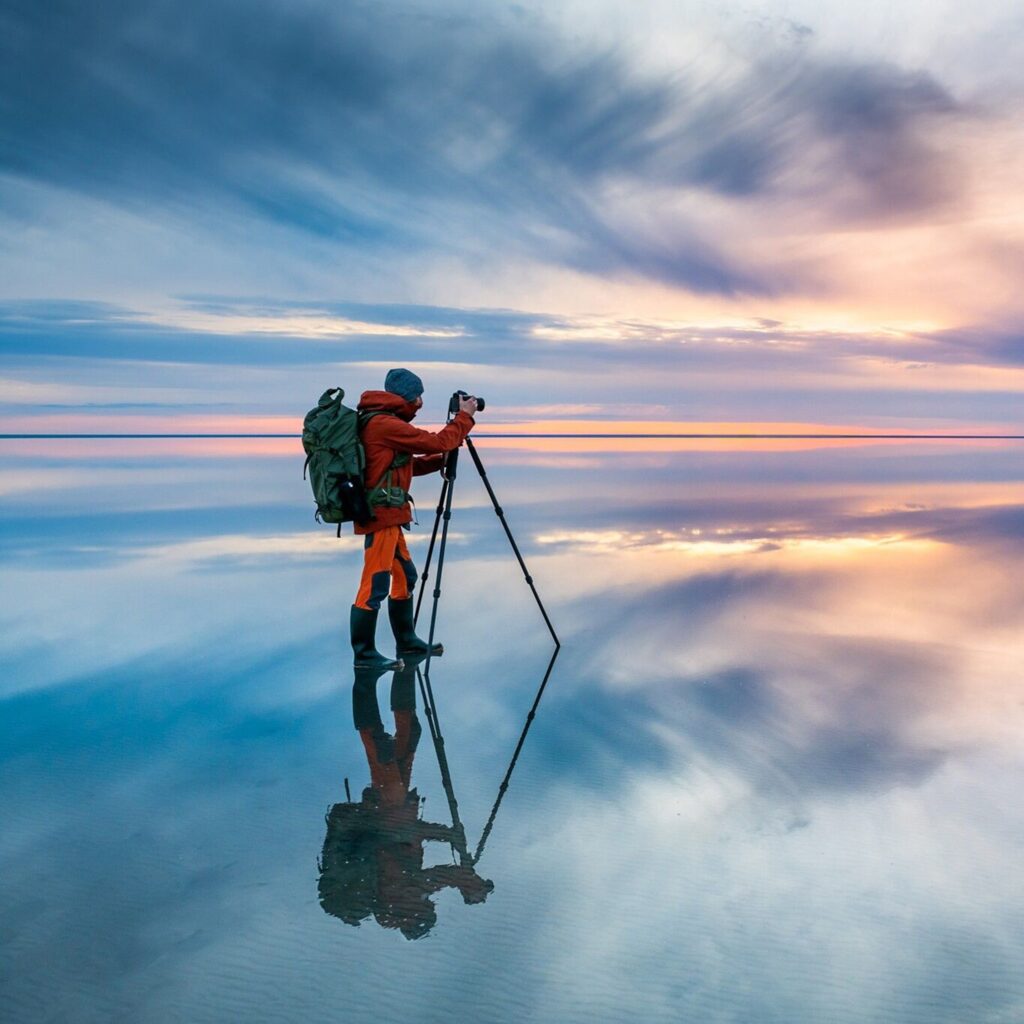Travel photography is a captivating art that requires editing to bring out the full potential of each image. In this guide, the importance of choosing the right software is emphasized, with Adobe Lightroom and Photoshop being popular choices. Shooting in RAW format is recommended for greater editing flexibility. Basic editing techniques such as exposure, contrast, and cropping should be mastered before delving into advanced techniques like retouching and selective color adjustment. Consistency is key, and experimenting with different editing styles is encouraged. Seeking feedback and learning from others will help refine editing skills. Overall, travel photography editing is a crucial part of bringing images to life.
An Insightful Guide to Travel Photography Editing
Introduction
Travel photography is a captivating art that allows us to capture the beauty of the world and share our experiences with others. However, simply taking photos is not enough – editing them is equally important to bring out the true potential of each image. In this guide, we will explore some insightful tips and techniques for travel photography editing.
Choosing the Right Software
The first step in your journey to becoming a skilled travel photography editor is to choose the right software. Adobe Lightroom and Photoshop are two popular choices among photographers due to their vast range of editing capabilities. Lightroom provides a user-friendly interface with powerful tools for enhancing colors, adjusting exposure, and managing your photo library. Photoshop, on the other hand, offers advanced features for detailed retouching and manipulation.
Understanding RAW Files
When shooting travel photos, it is highly recommended to capture them in RAW format. Unlike JPEG, RAW files retain all the original data, allowing for greater flexibility during editing. RAW files provide more control over white balance, exposure, and color adjustments without compromising the image quality. It is worth noting that RAW files occupy more storage space but are certainly worth it for professional editing.
Basic Editing Techniques
Before diving into advanced editing techniques, master the basics. Start by applying basic adjustments like exposure, contrast, saturation, and white balance to achieve a balanced image. Crop and straighten your photos to improve composition. Experiment with different presets or create your own to achieve the desired mood or feeling in your photographs.
Advanced Editing Techniques
Once you are comfortable with the basics, it is time to explore advanced editing techniques. These include retouching imperfections, removing distracting elements, adjusting selective colors, and enhancing details. Dodge and burn tools can help you selectively lighten or darken specific areas of your image, adding depth and dimension.
Achieving Consistency
Consistency is key when editing travel photos, especially if you plan to share them as a series or create a cohesive portfolio. Pay attention to color grading, exposure levels, and overall tonality to maintain a consistent look throughout your photographs. Using presets or creating your own editing style can greatly help in achieving consistency.
Experimentation and Creativity
While it is important to maintain some level of consistency, do not be afraid to experiment and get creative with your editing. Travel photography allows you to capture unique moments, so feel free to explore different editing styles that best convey the mood and atmosphere of each location. Play with different filters, overlays, and textures to add your own artistic touch.
Seeking Feedback and Learning
Lastly, do not hesitate to seek feedback from fellow photographers or join online communities where you can share your work and receive constructive criticism. Learning from others and constantly challenging yourself will help you refine your editing skills and develop your own distinct style as a travel photographer.
Conclusion
Travel photography editing is an essential part of the creative process that brings your images to life. By choosing the right software, understanding the advantages of RAW files, mastering basic and advanced techniques, achieving consistency, experimenting with creativity, and seeking feedback, you can enhance your travel photos and captivate viewers with your unique perspective of the world.
